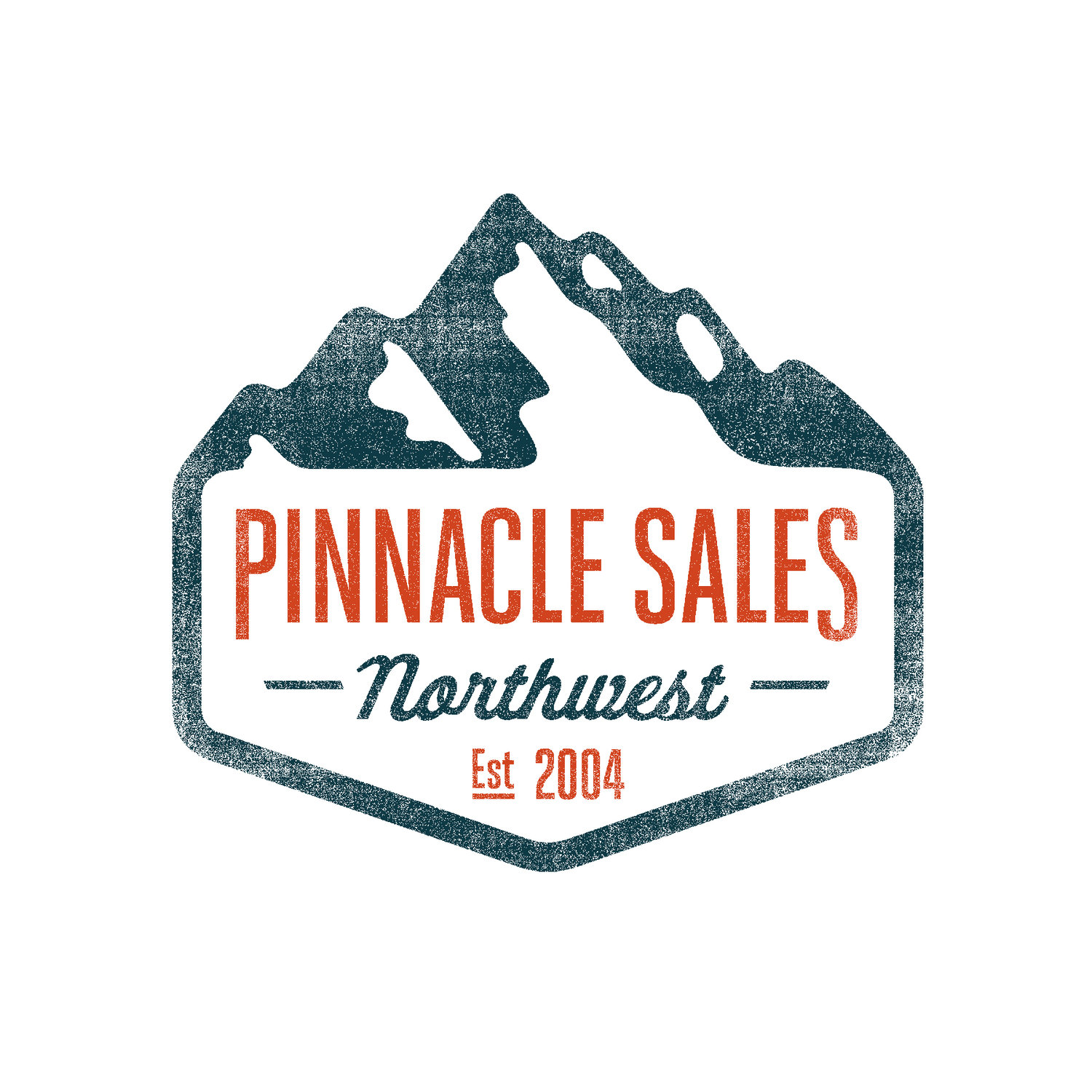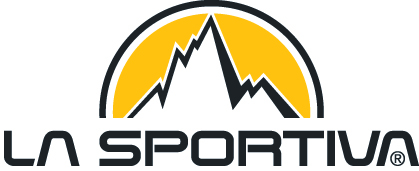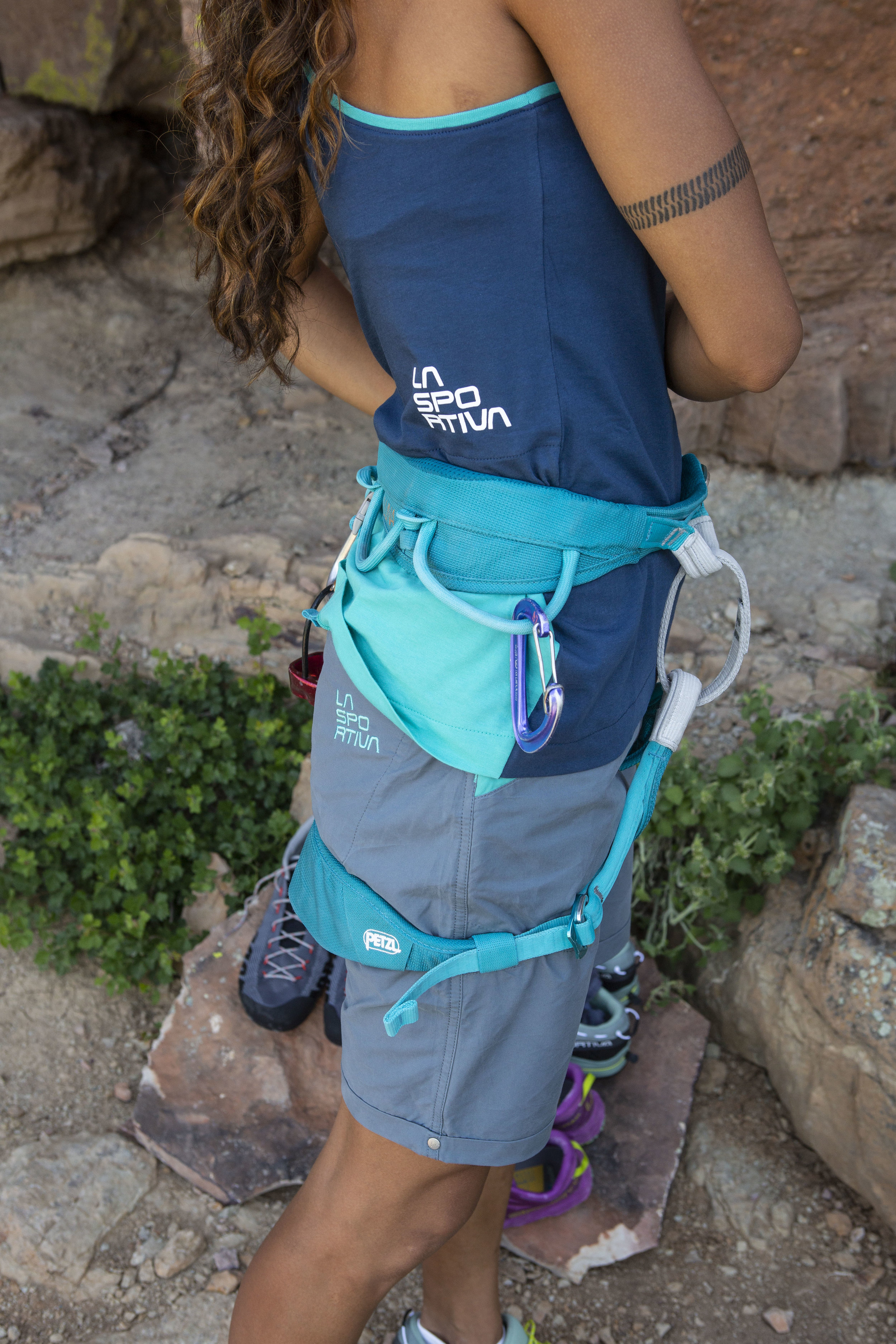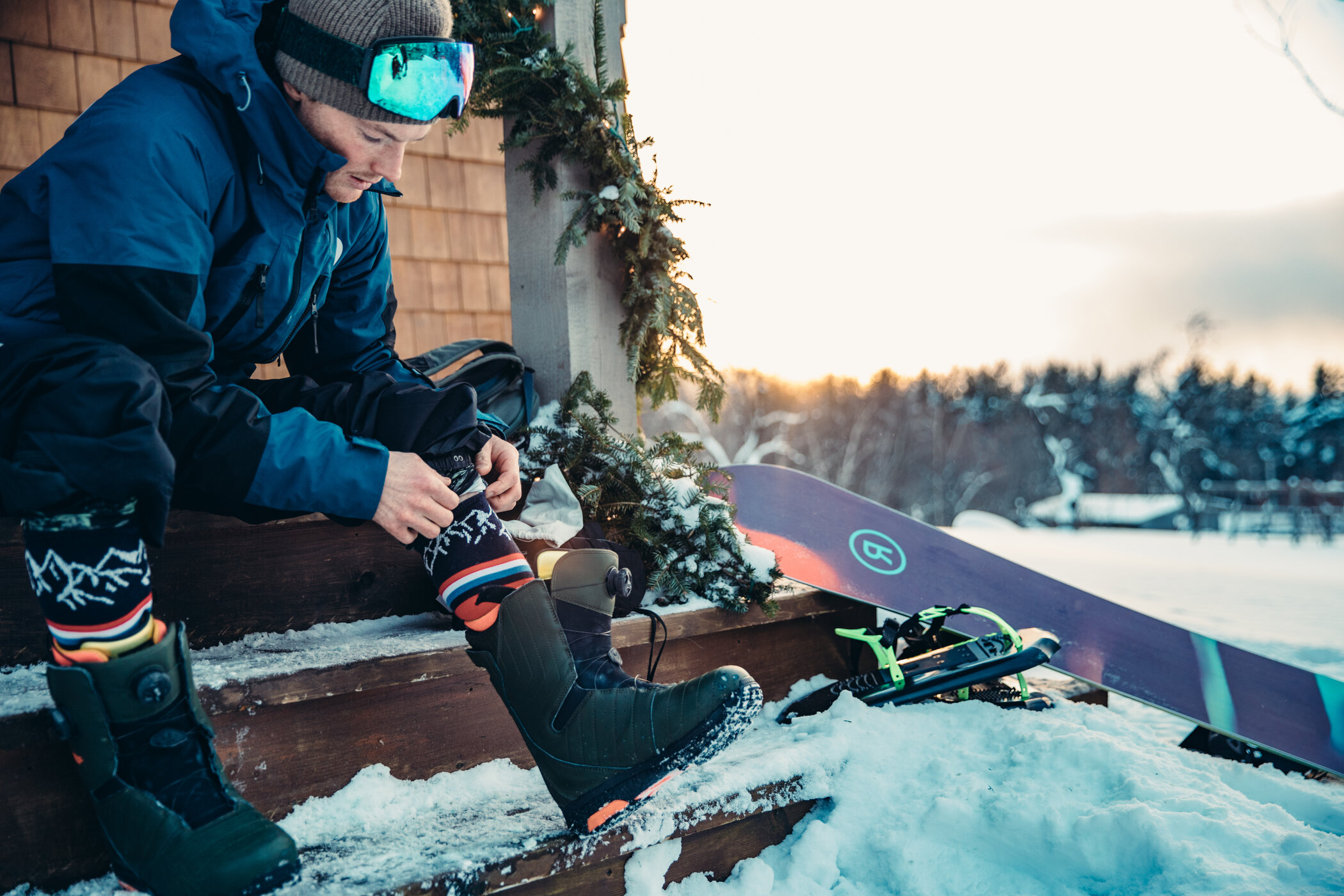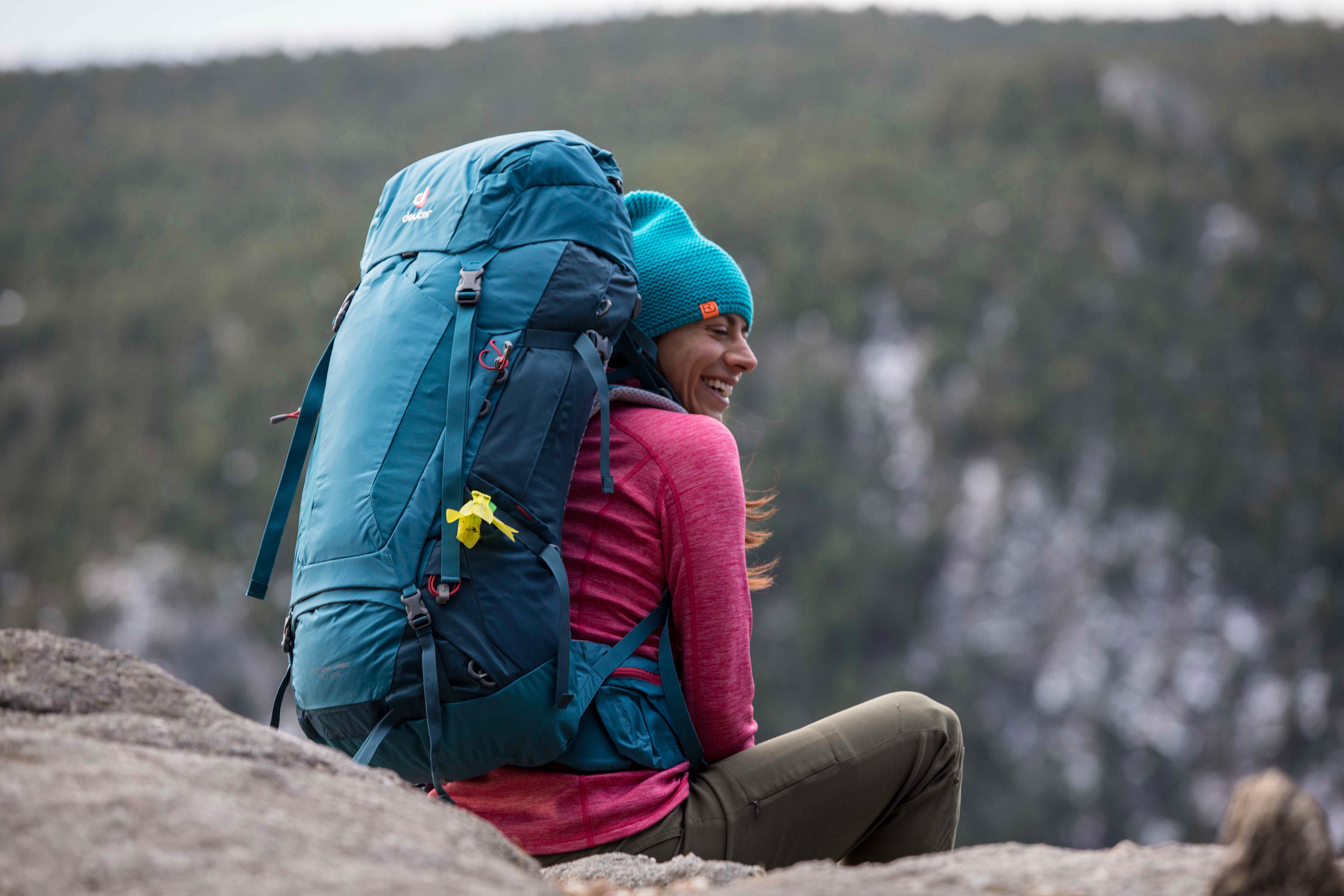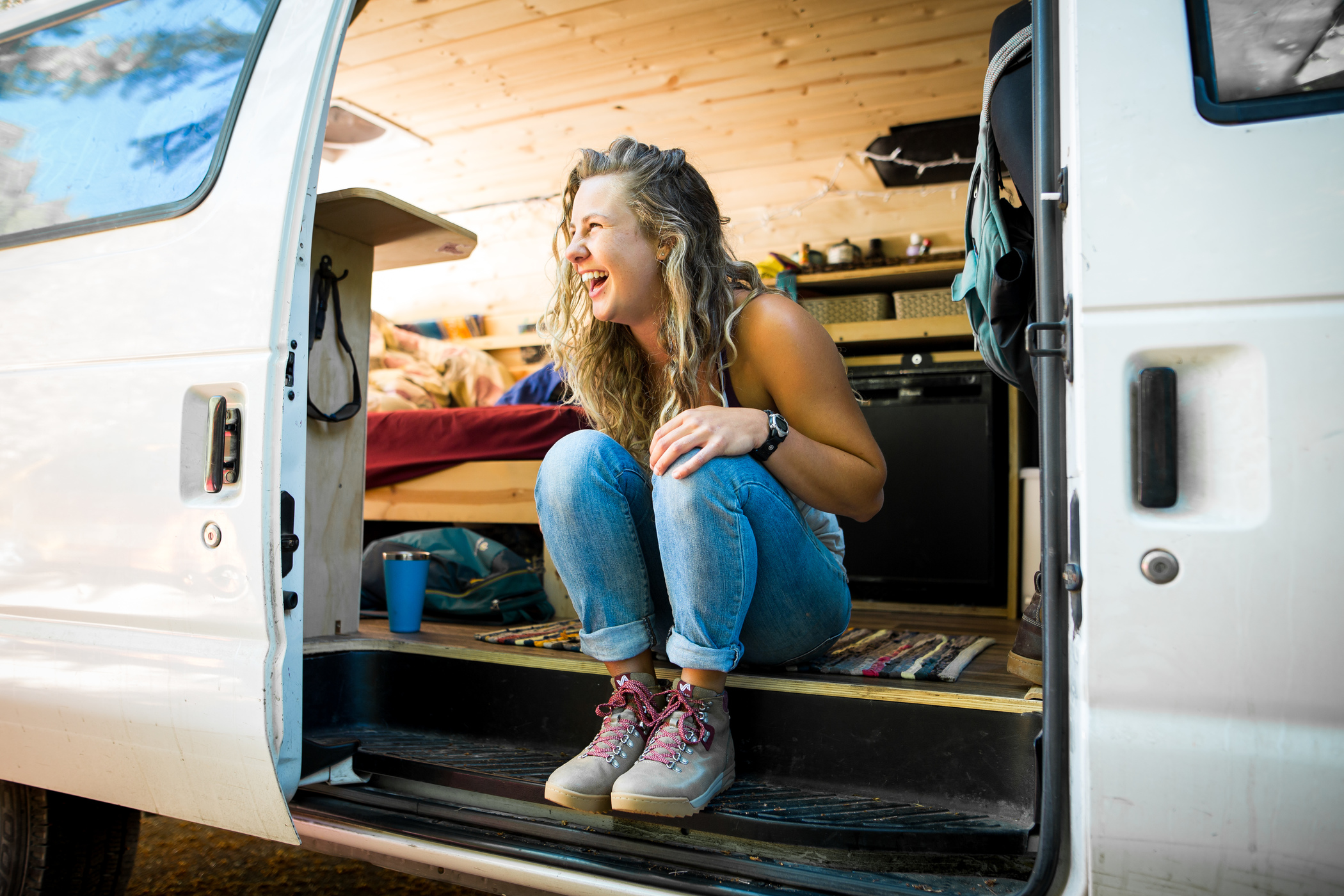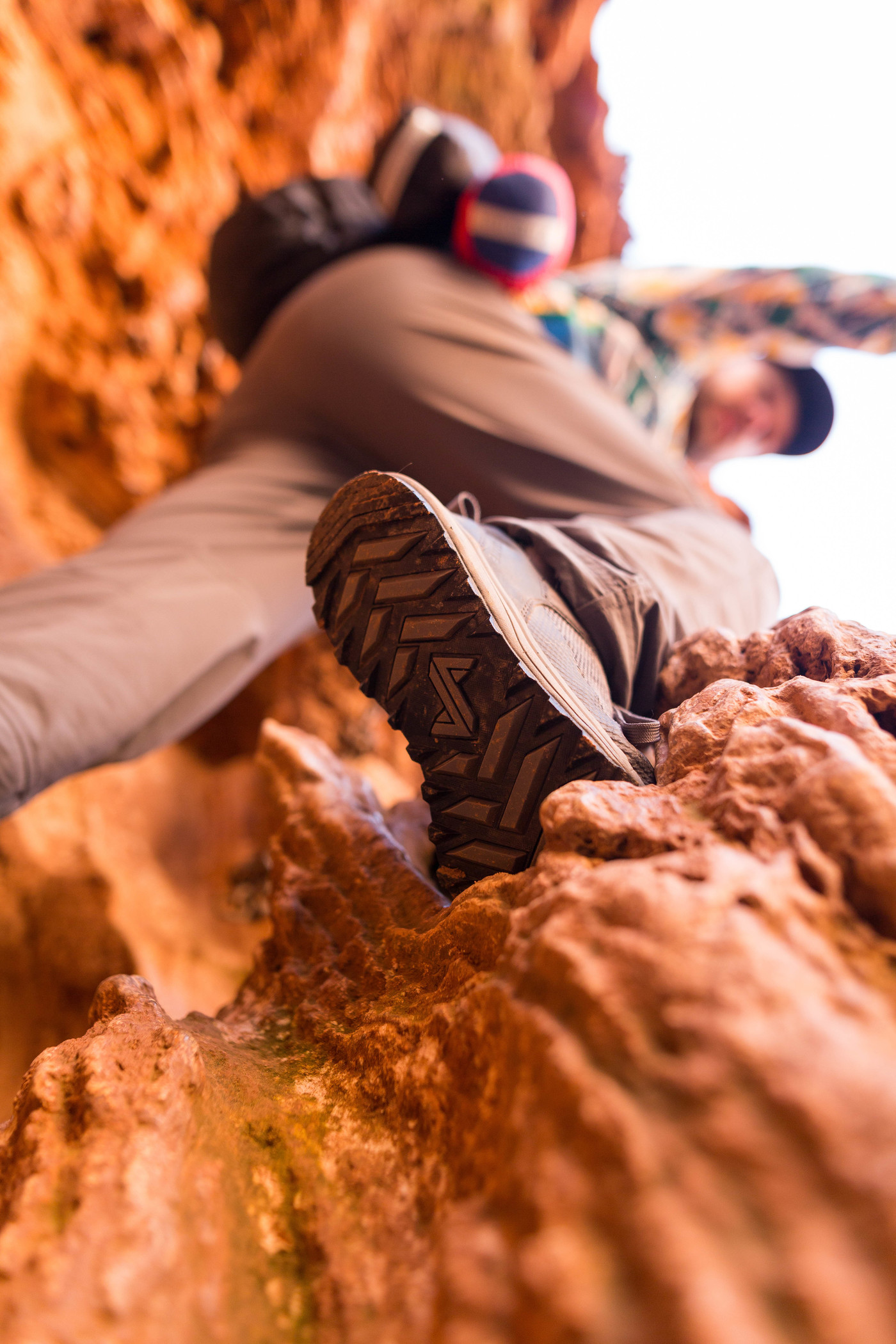La Esfinge (The Sphinx) – Big-Wall Climbing at 17,000ft
/I rest my head on a boulder and struggle to catch my breath. We are about half way up the relatively short approach to base camp and I am feeling weak and debilitated by the high attitude. How are we going to make it up a 2,500 ft big wall if I can’t even hike 10 minutes without stopping to rest? After about a month climbing in the Cordillera Blanca, or the Peruvian Andes just outside of Huaraz, Peru, I have become accustomed to the roller coaster ride that is climbing at altitude. I had expected to feel strong and ready for our objective after 3 weeks of acclimatization, but instead feel the same exhaustion and uncertainty that I did when we arrived. Since then, we have spent 2 weeks climbing at the well-known sport climbing destinations of Hatun-Machay and Incaqawanqa at 15,000ft and the past week in the Llaca Valley, climbing granite multi-pitches and the 19,000ft Vallunaraju, my first big snowy mountain. The physical challenge of climbing at altitude has been met by the complete elation I have felt of reaching new heights, and being surrounded by the imposing, beautiful mountains of my dreams.
After 2 hours, we finally make it to basecamp at 14,500ft and are met by the most incredible sunset. Tones of bright pink and orange are reflected off of the complex, snowy faces of Huandoy, Artensonraju, and Pisco. Two beautiful Caranchos circle overhead and a light breeze dries the sweat on my forehead. The temperature begins to drop and we quickly setup camp for the night. As stars gather above and my partner and I share the last cup of Coca tea, I am filled with apprehension and excitement for what’s to come.
I awake to the sound of water boiling and pieces of ice shaking off of our tent door. “Levantate, Paloma!” It’s time to go. I am greeted by the voice of my partner Michael and a pot of oatmeal shoved into my hands. Outside it is pitch black and completely silent. We grab our water bottles and hiking poles and are out of camp in 10 minutes. The sound of our breathing cuts through the cold night air as we weave our way through the boulder field towards the face of La Esfinge. We soon reach the base of the wall and find our gear that we had stashed under a boulder the day before. As my partner racks up to lead the first pitch the light begins to shift and I can start to make out the complex crack systems and roofs that make out a path up the imposing wall in front of us. We slip on our TC Pros and I shoulder the pack with our 3 liters of water and a few energy bars. At 6 am we start climbing and fall into the familiar rhythm of moving quickly up the wall. The first three pitches we simul-climb, with my partner placing gear in between us and a progress capture device that will stop me from ripping him off the wall if I fall. We finally arrive at a ledge and I take over the lead. Our route- (1985) follows systems of dihedrals and corners capped by a few crux roof traverses in the first half of the wall. At 10 am Michael is racing up the golden corner to the roof crux and easily pulls the handful of strenuous moves to get over the lip and into a finger crack above. He finishes the pitch in 10 minutes and I do my best to follow quickly while gasping for air. After 12 pitches we stop on a comfy ledge to rehydrate and eat a snack. I am stunned by the intense beauty and power of the valley we are in. La Esfinge is surrounded by dramatic 5,000 and 6,000m peaks and a piercing blue lake at the other end of the valley. We have perfect weather conditions and I almost regret the extra base layer I put on that morning. At 2 pm I pull onto the summit after 8 hours of climbing and 19 pitches. I am overwhelmed with a sense of joy and completion. This climb was a culmination of the last 4 months of climbing since we left work in Patagonia. I belay my partner up and we share laughter and a snickers bar in celebration. Before starting our descent I reach into the top of my pack and pull out the film container that holds the rest of my uncle’s ashes. He had passed away in an avalanche in the North Cascades five years ago and I had brought them with me on many of my alpine adventures since. In a gust of wind that swept over the Cordillera Blanca, I let go of the last of the gritty powder. I watched as it was carried away on the current and quickly became part of the clouds swirling around us and the spectacular mountainside. I felt overwhelmed with gratitude for this life, and the ability to travel and explore my limits in the mountain ranges that for so long were the far away castles of my dreams.
